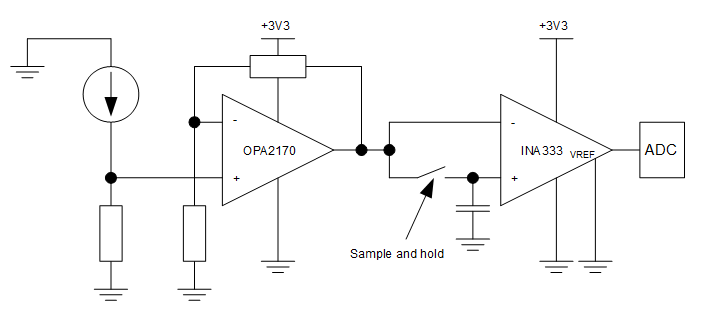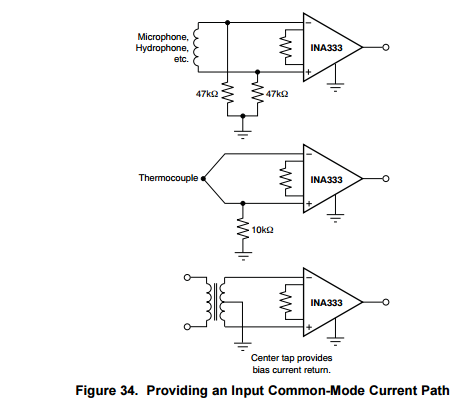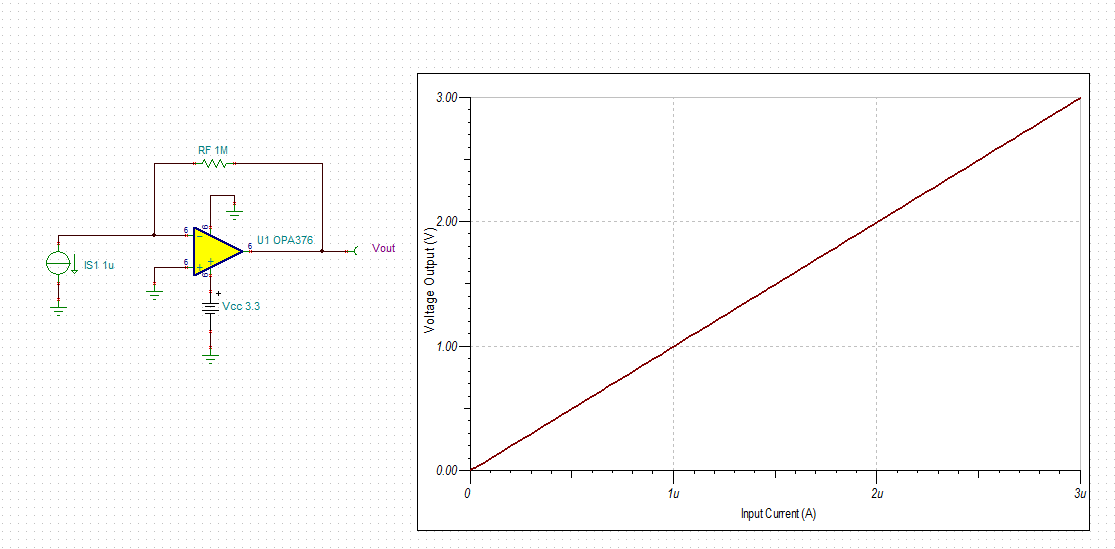Other Parts Discussed in Thread: OPA2170, TINA-TI, OPA376
Hi,
I have a question about the INA333 instrumentation amplifier bias current. My circuit looks as shown below. It is meant for measurements of very small current changes. The thing I have noticed is that the INA333 output voltage over time is very strongly dependent on the common mode input voltage within the common mode region that should be fine (see screenshot from the TI VOUTvsVCM tool). The sample and hold circuit simulations show the discharge of less than 400uV in 100ms, so this will translate (with 101 gain of INA333) to less than 40mV. In the plot you can see the voltage drop of more than 400mV within less than 7ms for input common mode voltage of ~1.4V. I came to a conclusion that the only reasonable explanation is no 'low impedance' path for the INA333 positive input. Could you please confirm that this behaviour is related to the bias current or do you have any other explanation? Since I cannot add a resistor in parallel to the hold capacitor the only solution seems adding an opamp buffer between the hold capacitor and the positive input of the INA333. Do you have any other idea how can I solve this problem? Thanks in advance for support.
best regards,
Maciej








